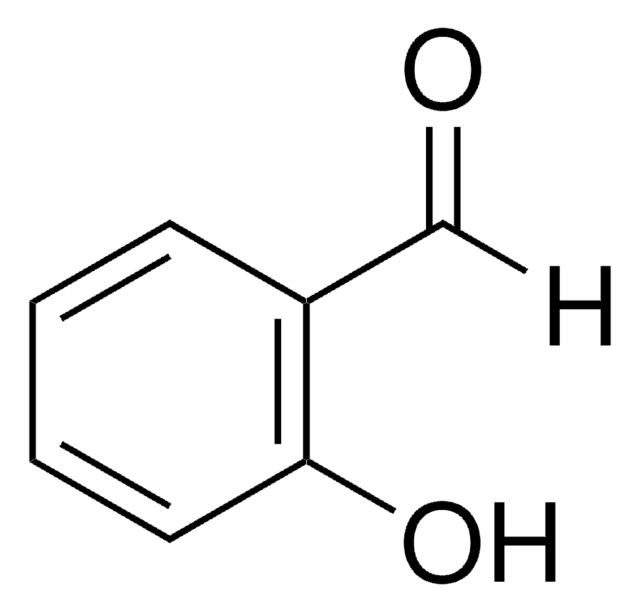1.04390
n-Heptane
for liquid chromatography LiChrosolv®
Synonym(s):
Heptane
About This Item
Recommended Products
vapor density
3.5 (vs air)
Quality Level
vapor pressure
40 mmHg ( 20 °C)
83 mmHg ( 37.7 °C)
product line
LiChrosolv®
grade
isocratic
assay
≥99.3% (GC)
form
liquid
autoignition temp.
433 °F
potency
>5000 mg/kg LD50, oral (Rat)
>2000 mg/kg LD50, skin (Rabbit)
expl. lim.
7 %
greener alternative product characteristics
Safer Solvents and Auxiliaries
Learn more about the Principles of Green Chemistry.
sustainability
Greener Alternative Product
technique(s)
HPLC: suitable
impurities
≤0.0002 meq/g Acidity
≤0.0002 meq/g Alkalinity
≤0.005% Water
evapn. residue
≤2.0 mg/L
transmittance
210 nm, ≥50%
220 nm, ≥80%
245 nm, ≥98%
refractive index
n20/D 1.387 (lit.)
bp
98 °C (lit.)
mp
−91 °C (lit.)
transition temp
flash point -4 °C
solubility
0.05 g/L
density
0.684 g/mL at 25 °C (lit.)
greener alternative category
storage temp.
2-30°C
SMILES string
CCCCCCC
InChI
1S/C7H16/c1-3-5-7-6-4-2/h3-7H2,1-2H3
InChI key
IMNFDUFMRHMDMM-UHFFFAOYSA-N
Looking for similar products? Visit Product Comparison Guide
General description
Application
Also reported for use as a component of extraction mixture in screening drugs of abuse in urine samples by GC-MS.
Features and Benefits
- suitability tested and specified for UHPLC-MS and UHPLC-UV: for analytical flexibility
- specified quality in positive and negative electrospray ionization (ESI) and atmospheric-pressure chemical ionization-mass spectrometry (APCI-MS) for lowest detection limits and confidence in analyses in all important MS modes (test 1)
—ESI/APCI (-) < 10 ppb
- lowest impurity profile: for interference-free baselines (test 2)
- microfiltered through 0.2 μm filter (test 3) to provide:
—reduced risk of column clogging
- packaged in borosilicate glass bottles for minimized contamination with metal ions
- lowest levels of trace metal impurities to minimize metal ion adduct formation
- lowest level of polyethylene glycol (PEG) impurities in UHPLC-MS solvent lineup (PEG S/N signal-to-noise-ratio < 50)
Preparation Note
Analysis Note
Identity (IR): conforms
Evaporation residue: ≤ 2.0 mg/l
Water: ≤ 0.005 %
Acidity: ≤ 0.0002 meq/g
Alkalinity: ≤ 0.0002 meq/g
Transmission (at 210 nm): ≥ 50 %
Transmission (at 220 nm): ≥ 80 %
Transmission (from 245 nm): ≥ 98 %
Filtered by 0.2 µm filter
Other Notes
Legal Information
signalword
Danger
hcodes
Hazard Classifications
Aquatic Acute 1 - Aquatic Chronic 1 - Asp. Tox. 1 - Flam. Liq. 2 - Skin Irrit. 2 - STOT SE 3
target_organs
Respiratory system
Storage Class
3 - Flammable liquids
wgk_germany
WGK 2
flash_point_f
24.8 °F - closed cup
flash_point_c
-4 °C - closed cup
Certificates of Analysis (COA)
Search for Certificates of Analysis (COA) by entering the products Lot/Batch Number. Lot and Batch Numbers can be found on a product’s label following the words ‘Lot’ or ‘Batch’.
Already Own This Product?
Find documentation for the products that you have recently purchased in the Document Library.
Customers Also Viewed
Articles
HPTLC separation followed by UV detection of the bitter acid content in various hop samples.
Protocols
HPTLC was used to analyze caffeine in coffee. Filtration of coffee through a PTFE syringe filter was the only sample preparation. Quantitation was conducted with a TLC scanner.
Thin layer chromatography coupled with mass spectrometry does not require substantial sample preparation. Energy drinks can be applied without dilution directly onto the TLC plate.
HPTLC–MS analysis of quinine in tonic water and caffeine in coffee and cola drinks.
The modern thin-layer chromatography (TLC) offers advantages also in the field of cosmetics to quickly and simultaneously analyze samples with densitometric detection.
Our team of scientists has experience in all areas of research including Life Science, Material Science, Chemical Synthesis, Chromatography, Analytical and many others.
Contact Technical Service






